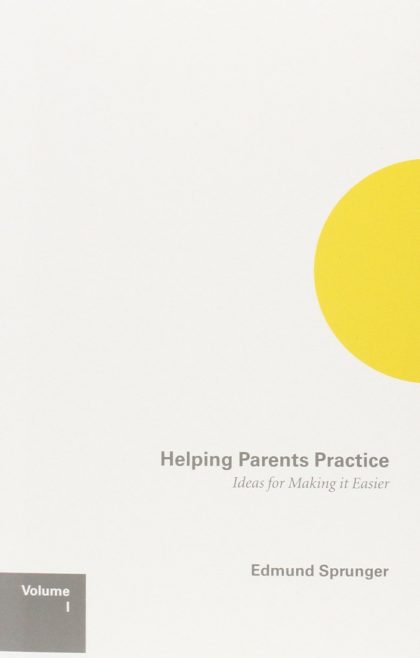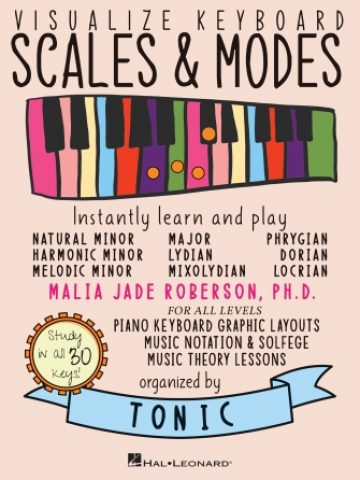Description
Ideas for Making it Easier, Vol 1
Written in small, easily managed sections for the busy parent. The aim is to support and inform parents who want to maximize their usefulness and minimize their interference–but are sometimes unsure how to achieve these goals during practice.
A response to the most common concerns of parents who practice a musical instrument with their children. Even though its 270 pages may seem overwhelming at first, the book is accessible and readable for busy parents because it’s written in small, easily managed sections. Most of these sections are only 2-4 pages long. And not all parents will need to read all sections order for the book to be useful. These smaller sections are grouped into four main chapters.
The first chapter, “Decoding” responds to the question “Why won’t my child listen to me when I give the exact same directions the teacher gave?” Among other things, the section helps parents understand the natural differences between the parent-child relationship and the teacher-child relationship, and how these differences enter the practice arena. This section also lays out one of the main themes of the book: the goal of practice isn’t to correct and fix things, it’s to grow skills. The reason you practice isn’t so that if you try really hard you can do it; it’s so that the playing grows to the point where it’s so easy that it happens automatically. In other words, the goal of practice is to make it easier (hence the subtitle).
As its name implies, the second chapter–“Practice Basics”–covers topics such as the importance of listening to reference recordings, taking accurate lesson notes, dealing with children’s frustrations, and reviewing repertoire. Paying attention to the basics of practice reduces or eliminates the need for drastic measures such as quitting, switching to a different instrument, or changing teachers. Attending to the basic ingredients of practice also increases the likelihood that practices will be both pleasant and productive.
Addressing practice basics provides a foundation for delving into issues of “Musicianship” and “Rhythm,” the titles of the last two chapters. These chapters address parent concerns such as “How can I get my child to play from the heart—loosen up and play with more freedom and expression?” and “What’s the trick to getting children to play slowly and accurately—to a “standard of excellence”—instead of quickly and sloppily, especially in review pieces?”
The book is written from the point of view that parents do the best they can and often want to know how to be as effective as possible during practices. Rather than increase parent guilt and worry levels, the book aims to support and inform parents who want to maximize their usefulness and minimize their interference, but are sometimes unsure how to achieve these goals during practice. Another theme of the book is the idea that practicing happens in a live relationship—not via phone, fax, or e-mail—or by hollering directions from another room. Therefore, the book has an awareness of the interplay between developing the parent-child relationship and developing musical skills. In other words, misunderstandings in the parent-child relationship can make developing musical skills difficult; and vice versa. The last two sections of the book are devoted to the topics of musicianship and rhythm because misunderstandings about how to help children develop these aspects of playing can cause unnecessary strain in the parent-child relationship. The appendix, an excerpt from Volume II, describes several games that both make practice more fun and fortify crucial instrumental skills.





Reviews
There are no reviews yet.